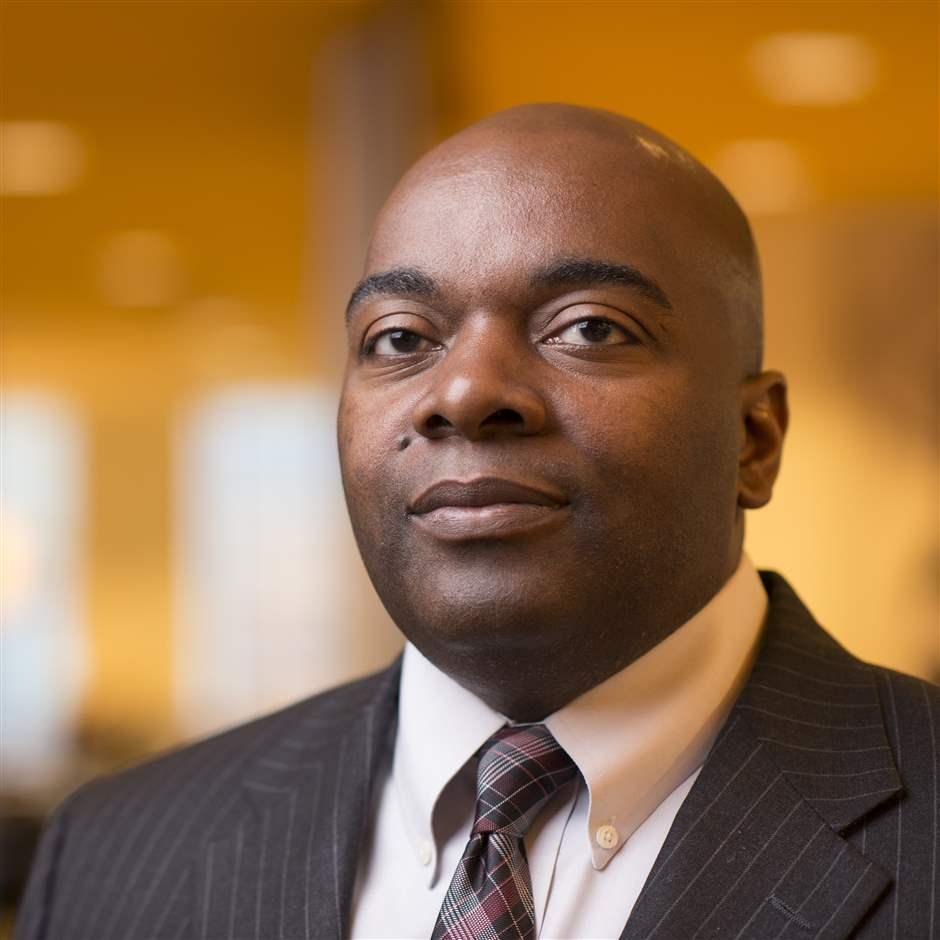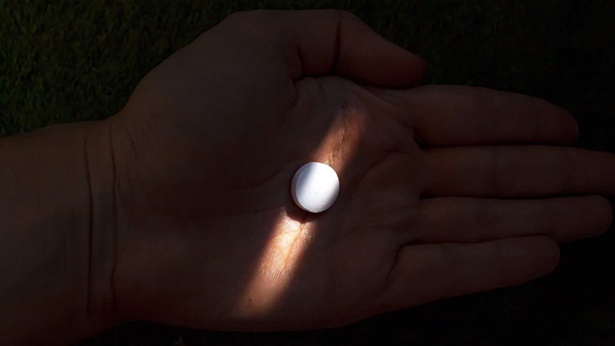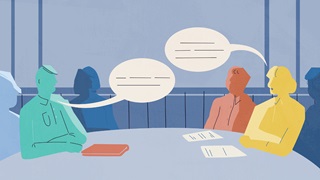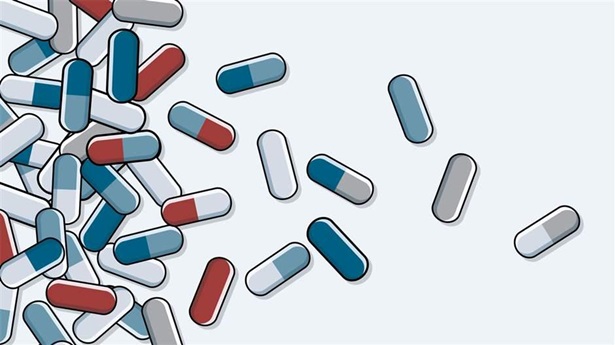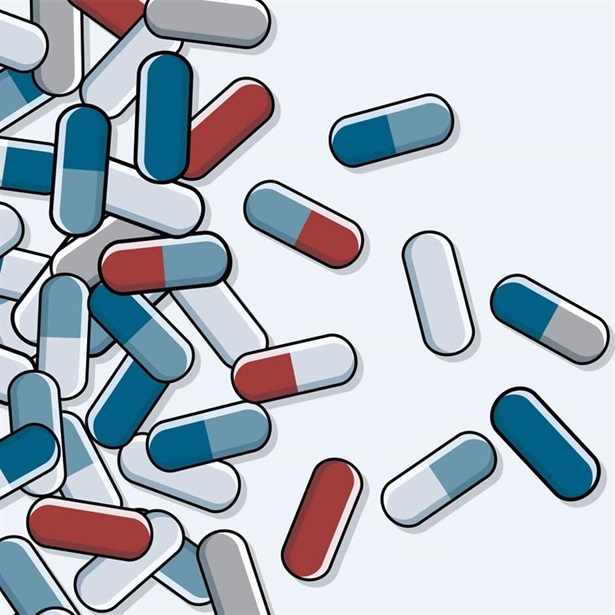African Americans Often Face Challenges Accessing Substance Use Treatment
A noted expert discusses key issues and how to ensure people get the help they need
The opioid crisis has had devastating effects on communities all over the country—with particular challenges for communities of color. According to the U.S. Centers for Disease Control and Prevention, the largest percentage increase in drug overdose deaths in recent years has been among African Americans, who often face more barriers to treatment than the general population when factoring in stigma, bias, and socioeconomic status.
Dr. Scott Nolen directs the Addiction and Health Equity Program at the Open Society Institute of Baltimore, where he works to improve health equity and public health in Maryland’s largest city. Previously, he worked at the National Institutes of Health in the National Institute on Minority Health and Health Disparities. In that position, he led a project intended to drive national discussion of these disparities. Nolen holds a law degree from Harvard and a Ph.D. in clinical psychology from Duke University and has taught numerous classes on diversity, health, and criminal justice.
He recently spoke with Pew about substance use disorder in the black community. The conversation has been edited for length and clarity.
Q. About 130 Americans die every day from an opioid overdose. What does this public health crisis look like among African Americans?
A. From 2016 to 2017, overdose deaths among blacks rose by 25 percent, compared to an 11 percent increase among whites, according to the CDC. Even in a global health crisis that cuts across demographics, some specific groups may have a sharper spike in death numbers than average.
That said, black patients are 77 percent less likely to be prescribed buprenorphine and more likely to receive methadone treatment. They are both FDA-approved to treat opioid use disorder (OUD), but this creates two issues with access. First, methadone is a much more restricted treatment regimen, with most patients having to show up daily to be administered the medication. That can make it nearly impossible to keep a job or manage other obligations. Second, overreliance on methadone for uninsured and publicly insured patients—who are disproportionately black in urban settings—may preclude individuals from accessing one of the other approved medicines that could be more effective for them. Taken together, these hurdles greatly decrease meaningful access to OUD medication options for black patients and low-income individuals.
Additionally, with much of the focus of the opioid epidemic on the impact and dangers of the misuse of prescription drugs, the remedies and responses often ignore the needs of those engaging in intravenous drug use. In a city like Baltimore, which has been experiencing a 70-year “opioid crisis” related to heroin use, many of the new public health interventions are not sufficient.
Q. What programs or initiatives have been effective in helping more African Americans access OUD treatment?
A. The number one way to improve access to treatment is to place services where people can easily connect with them and ensure very low thresholds to receive those treatments. That means reducing barriers such as cost, travel time, insurance pre-authorizations, fear of incarceration, and fear of losing health or other social services benefits—such as housing, job training, or SNAP—because of a relapse. Access to treatment and other social services should be universal and expansive for the most at-risk populations, meaning that anywhere a person shows up identifying a need for those services, they can be directed to the right services accordingly.
One example in Baltimore is the Project Connections at Re-Entry (PCARE), which has a mobile van that sits outside the Baltimore city jail. We know that at any given time, as many as two-thirds of people in jail need mental health and/or substance use-related services. Individuals leaving incarceration are up to 40 times more likely than the average American to have a fatal overdose, and most of those individuals in a city like Baltimore are people of color. The PCARE van sits outside the jail during the most common release times, offering on-the-spot access to medication and referrals to other health care services with no appointment necessary. The combination of meeting people where they are—literally—and reducing barriers to treatment makes the PCARE van extremely effective in connecting otherwise disconnected individuals to care. More programs like this are sorely needed.
Q. Many individuals face challenges accessing treatment. What are the specific challenges encountered by African Americans?
A. Several issues to come to mind. Lack of insurance is a major problem among African Americans. If someone is unemployed or underemployed, or works somewhere that doesn’t provide insurance, that’s a barrier. Almost no one can afford health insurance out of pocket.
African Americans encounter problems trying to get treatment in the criminal justice system. Being arrested could disrupt your treatment if you aren’t guaranteed access to it while in jail. You would then be at a much greater risk of fatal overdose upon release, because your body isn’t prepared for drug use.
Even if a judge recommends treatment, it is important that the treatment is evidence-based and best for that particular person. Health care professionals, along with the individual, should lead in developing the patient’s treatment plan.
Finally, even in cities, public transportation can take hours to get a patient crosstown for an appointment. Because of methadone policies, we ask people who have some of the most disruptive and chaotic lives—not to mention a chronic disease—to show up for treatment every single day. Compliance would be difficult for almost anyone in that situation.
Q. What can policymakers do to address these barriers and ensure drug policies continue to focus on improvements in treatment and access for all, especially in the African American community?
A. The government could also embrace harm reduction as part of the continuum of care. Harm reduction services get into the cracks and crevices of a community where formal treatment does not. Research shows that people who are engaged with a harm reduction service provider, be it a needle exchange or safe consumption space, are much more likely to go to treatment.
We also need a robust case management system, because treatment is just one element of what people are dealing with. We currently say: “Stabilize your drug use, get your life together, and we’ll give you access to treatment (or housing or employment).” But many people need stability or resources like housing before they can stop using drugs. Dictating what must be done before treatment creates barriers to recovery. Add stigma and bias, and lack of insurance and limited access to health care into that equation, and you get a disproportionately negative impact on African Americans. Everyone should have options and feel like a partner in their treatment plan.
Last, we need to make certain that communities of color and those who are directly affected play a key role as we talk about policy reform. Too frequently, a commission to tackle this issue may have 40 people, and just one is a community representative. Most of the time when these policies are created, people from the community are not at the table. And if we want to talk about how policies impact African American communities, that lack of representation is a core problem.
